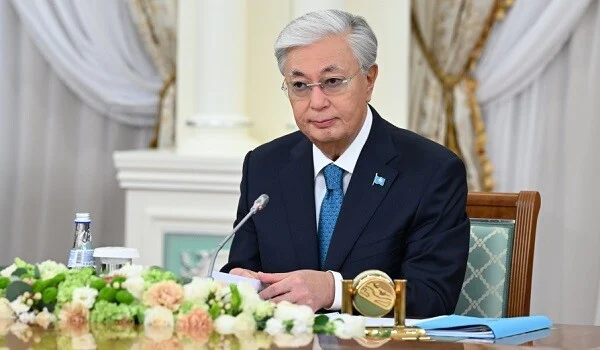The paradox of low inflation and expensive living in Armenia
November 15 2024, 19:00
According to the International Monetary Fund, Armenia is among the countries with the lowest inflation in 2024.
Despite the second place in the low consumer price index, an objective question arises: does the cost of living in our country really correspond to this indicator? Obviously not. One of the important reasons for this is the base period in which the comparisons are made. In particular, there has been a high inflation environment in Armenia since 2020, and today low inflation is comparable to this period. On the other hand, the consumer price index is the study of the cumulative index. For example, when the price of any product or service included in that index drops significantly, the growth of the index will also drop, and it will obviously not have a particularly positive effect on daily life.
Among such important services as healthcare, education, and transport, prices have increased by 2.2%, 7.8%, and 6.8%, respectively. It is difficult to find a family that is not related to education and educational services, and there are price increases as well. So no matter how slowly the price index increases, in the case of services affecting daily life, we have an increase of almost seven percent.
Speaking of transport, which is one of the most relevant topics today, new price increases are expected from January 2025. With the expected new tariffs, transport fares will increase several times. Taking into account our traffic possibilities and the number of times an average citizen uses public transport, you will have to pay for the trips you will not use.
And finally, the obligations that must be paid by the public, albeit indirectly, include the growing public debt, which is predicted to reach a ratio of 53% to GDP in 2025.
What is described above shows that statistics and reality very often have little in common.







